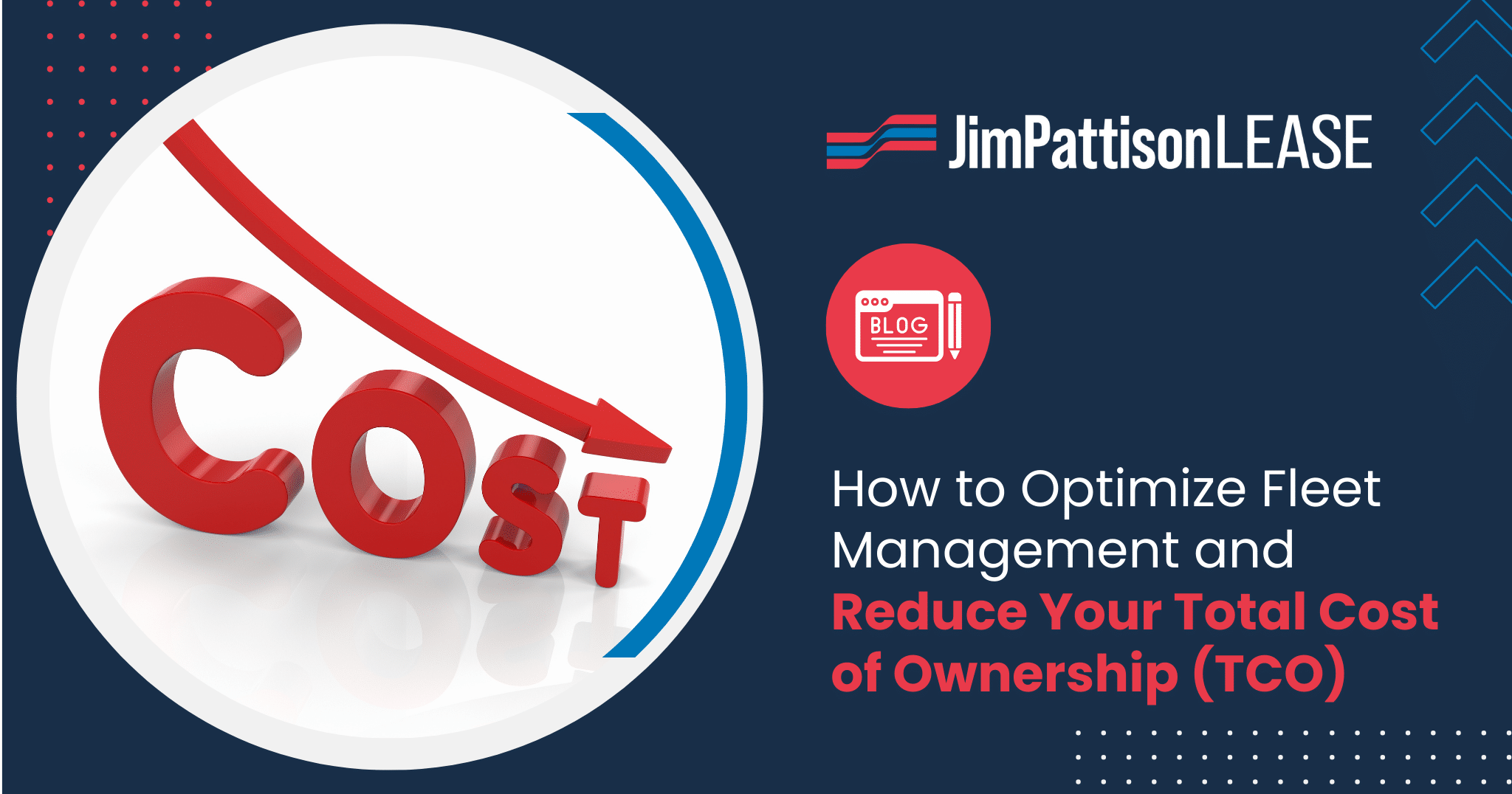Fleet managers are constantly faced with the challenge of balancing operational efficiency and cost control. A key component of effective fleet management is understanding and reducing your total cost of ownership (TCO). By targeting specific areas for improvement, businesses can achieve significant savings while ensuring their fleets operate at peak performance. Let’s explore three critical areas that can help you minimize TCO and maximize your fleet’s potential.
- Streamline Vehicle Acquisition and Lifecycle Management
Selecting the right vehicles for your fleet and effectively managing their lifecycle is a fundamental step toward reducing costs. Every vehicle in your fleet represents an investment, and optimizing that investment begins with careful planning. Considerations such as vehicle selection, purchase timing, and lifecycle analysis all contribute to controlling acquisition costs and improving resale value.
- Right-sizing your fleet: Assess your operational needs to ensure you’re not over- or under-utilizing your vehicles.
- Optimizing replacement cycles: Replace vehicles at the right time to avoid excessive maintenance costs and declining resale value.
- Leverage data: Use analytics to forecast costs and determine the most cost-effective time to acquire or retire vehicles.
By taking a strategic approach to vehicle lifecycle management, you’ll not only lower upfront costs but also improve long-term profitability.
- Enhance Fuel Efficiency and Energy Management
Fuel is one of the largest ongoing expenses for any fleet. With rising fuel costs and a growing focus on sustainability, improving fuel efficiency is both a cost-saving and an environmentally responsible decision.
- Driver training: Encourage fuel-efficient driving behaviors, such as reducing idling and maintaining optimal speeds.
- Telematics and route optimization: Utilize GPS and telematics solutions to plan fuel-efficient routes and monitor driving habits.
- Transition to alternative energy: Explore opportunities to integrate hybrid or electric vehicles into your fleet to reduce dependence on traditional fuels.
A proactive approach to fuel management not only cuts costs but also supports sustainability initiatives, a priority for many organizations today.
- Optimize Maintenance and Repair Processes
Keeping your vehicles in top condition minimizes unplanned downtime and reduces costly repairs. A well-maintained fleet operates more efficiently, lasts longer, and keeps your drivers safe.
- Preventative maintenance: Implement a regular maintenance schedule to catch potential issues before they escalate.
- Predictive analytics: Use data from telematics to identify patterns and predict when maintenance will be required.
- Work with trusted vendors: Partner with reliable service providers to ensure repairs are done efficiently and cost-effectively.
By staying ahead of maintenance needs, you can avoid disruptions and maintain a smooth workflow, ultimately lowering overall fleet expenses.
Unlock the Full Potential of Your Fleet
Reducing your fleet’s TCO is an ongoing process that requires strategic planning and the right tools. By focusing on vehicle lifecycle management, fuel efficiency, and proactive maintenance, you can create a cost-effective and high-performing fleet that aligns with your company’s goals.
Are you ready to take control of your fleet’s costs? Partnering with a fleet management expert can make all the difference. With the right support, you can identify savings opportunities and implement solutions tailored to your business needs.
Contact us today and let us help you unlock your fleet’s full potential!






